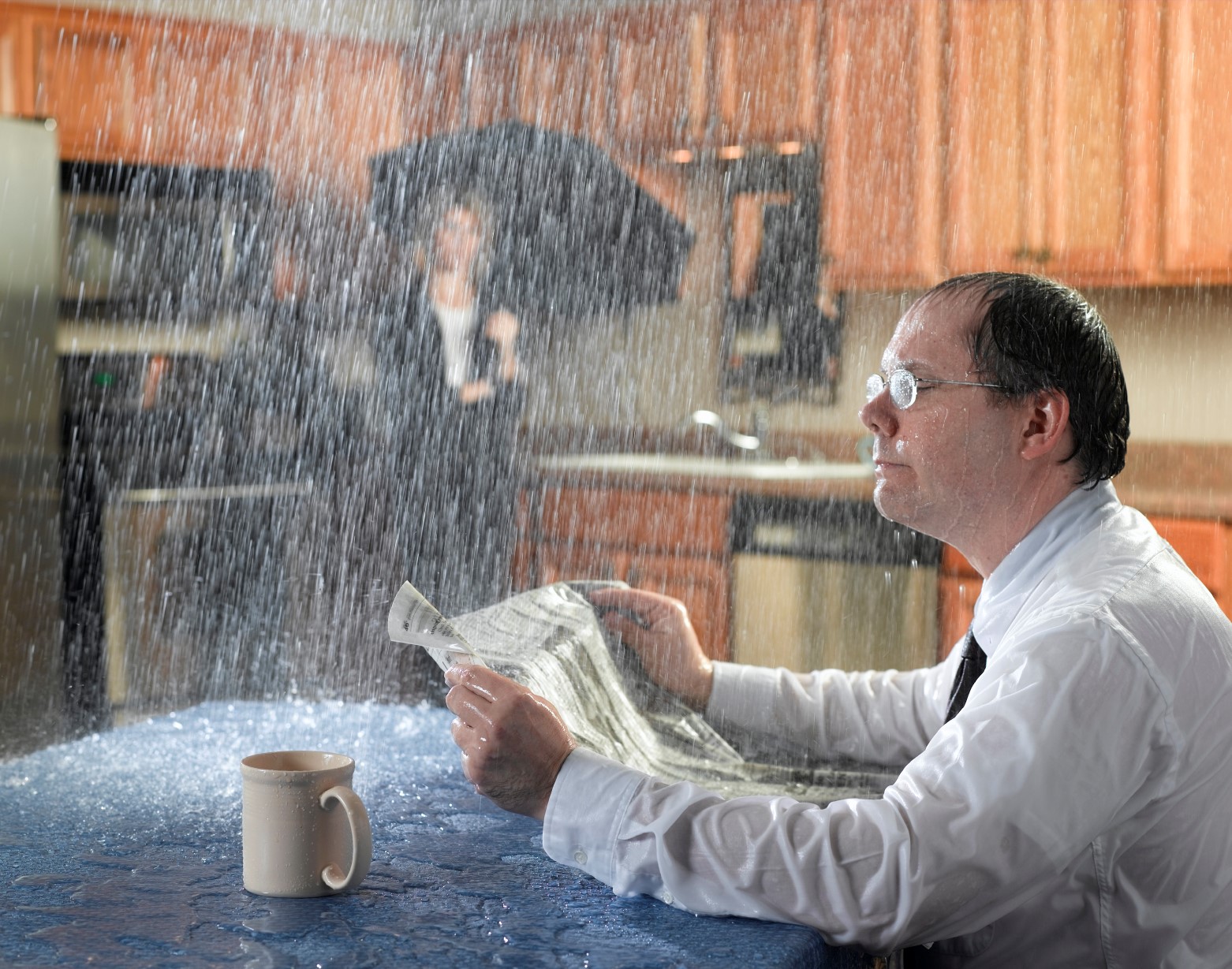This article below pertaining to How to detect water leaks in your home is truly informative. You should give it a look.

Leakages not just trigger waste of water yet can likewise create unneeded damages to your house and also advertise unwanted natural development. By recognizing and also looking for everyday circumstances that create leaks, you can protect your home from future leakages and also unneeded damage.
Encroaching origins
The majority of water leaks start outside your home rather than inside it. If you observe an abrupt decrease in water pressure, state in your tap, take some time to head out and also analyze your yard. You could discover wet patches or sinkholes in your backyard, which might imply that tree roots are attacking water lines causing water to leak out. You can have your plumber look for intrusion, especially if you have trees or shrubs near your building.
Corroded water systems
As time passes by, your plumbing system ages and corrosion such as corrosion might start gnawing the pipelines. This might be the cause of discoloration or warping on your water pipes. This requires an evaluation with your plumber quickly. If our plumbing system is old, take into consideration changing the pipelines given that they are at a greater threat of deterioration than the more recent versions.
Faulty Pipeline Joints
The factor at which your pipes connect is regularly the weakest link in the waterline. Pipe joints can deteriorate with time, resulting in water leakages. Sadly, the majority of pipeline joints are not conveniently noticeable. If you have loud pipelines that make ticking or banging sounds, especially when the hot water is activated, your pipeline joints are most likely under a great deal of stress. It is recommended to have your plumber examine your system annually.
Instant temperature adjustments.
Severe temperature modifications in our pipelines can create them to expand and contract suddenly. This development and also contraction may cause cracks in the pipes, particularly if the temperature are listed below cold.
Poor Water Connectors
Sometimes, a leakage can be caused by loosened hose pipes as well as pipelines that provide your home appliances. Most of the time, shifting is what causes the loosened water Links. You may discover in the case of a cleaning equipment, a pipe may spring a leak as a result of shaking throughout the spin cycle. In case of a water connections leakage, you might discover water running straight from the supply line or pools around your devices.
Obstructed Drains
Blocked drains may be frustrating and inconveniencing, but they can often wind up causing an overflow resulting in burst pipes. Keep eliminating any type of products that might drop your drains pipes that can clog them to prevent such troubles.
All the above are sources of leaks but not all water leaks result from plumbing leakages; some leakages might come from roof leakages. All leakages should be fixed quickly to stay clear of water damage.
Leaks not just create waste of water yet can additionally create unneeded damage to your home and promote unwanted organic development. By looking and understanding for daily scenarios that trigger leakages, you can protect your house from future leaks and also unnecessary damage. Today, we will look at six leakage causes that might be causing your pipelines to trickle.
At times, a leakage can be caused by loosened hoses and pipelines that provide your home appliances. In case of a water links leakage, you may discover water running straight from the supply line or puddles around your appliances.
How To Check For Water Leak In Your Home
How To Check for Leaks
The average household's leaks can account for nearly 10,000 gallons of water wasted every year and ten percent of homes have leaks that waste 90 gallons or more per day. Common types of leaks found in the home are worn toilet flappers, dripping faucets, and other leaking valves. These types of leaks are often easy to fix, requiring only a few tools and hardware that can pay for themselves in water savings. Fixing easily corrected household water leaks can save homeowners about 10 percent on their water bills.
To check for leaks in your home, you first need to determine whether you're wasting water and then identify the source of the leak. Here are some tips for finding leaks:
Take a look at your water usage during a colder month, such as January or February. If a family of four exceeds 12,000 gallons per month, there are serious leaks.
Check your water meter before and after a two-hour period when no water is being used. If the meter changes at all, you probably have a leak.
Identify toilet leaks by placing a drop of food coloring in the toilet tank. If any color shows up in the bowl after 10 minutes, you have a leak. (Be sure to flush immediately after the experiment to avoid staining the tank.)
Examine faucet gaskets and pipe fittings for any water on the outside of the pipe to check for surface leaks.
Undetected water leaks can happen without the home or business owner even realizing. If you suspect a water leak, but not able to find the source. It is time to contact a professional water leak detection service, The Leak Doctor.
How To Find a Water Leak In Your Home
https://www.leakdoctor.com/blog/How-To-Check-For-Water-Leak-In-Your-Home_AE197.html

Hopefully you liked our article about Top Causes of Home Water Leaks. Thank you for taking time to read through our piece of content. Enjoyed reading our content? Please share it. Let others discover it. Thanks so much for taking the time to read it.
Ready anytime, dial!